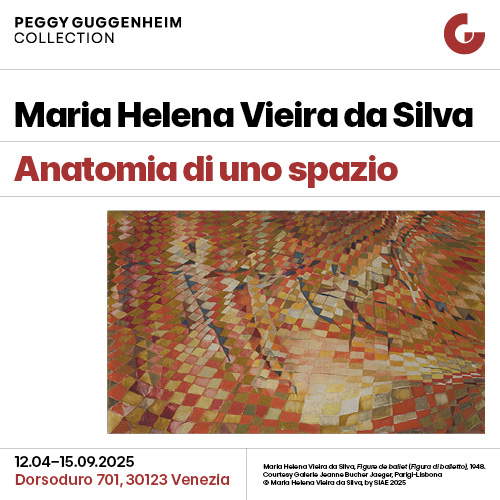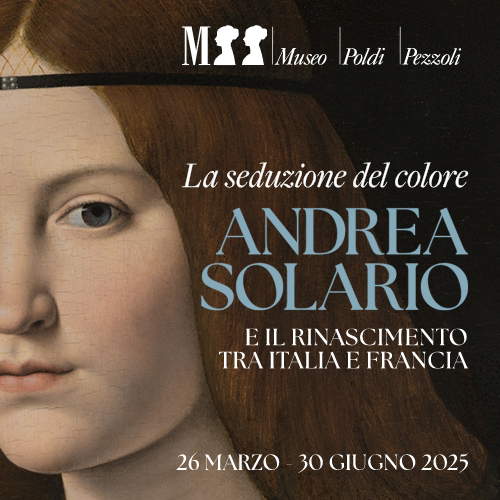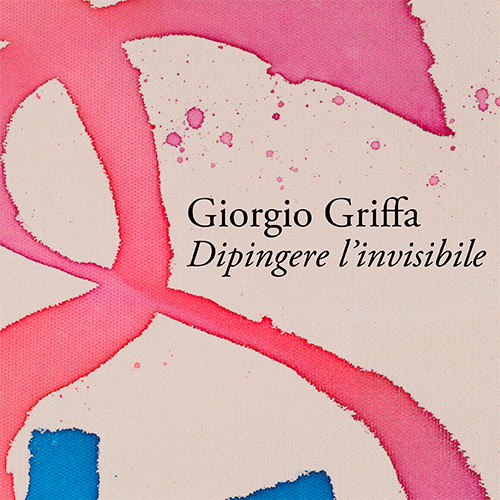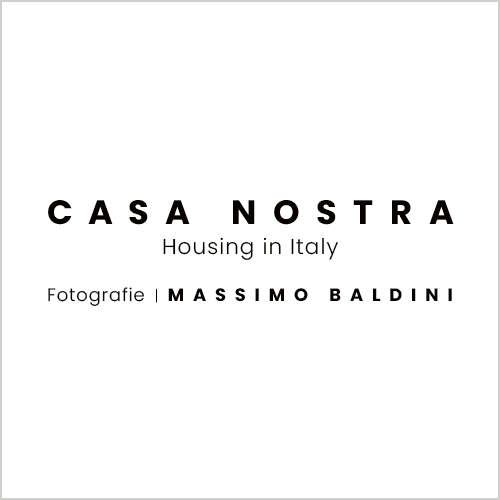Turin among gardens and parks: at Palazzo Madama and other gardens, a path through botany
Observing how plants change, learning how to take care of them and discovering the city’s tree heritage: this is the goal of the series of meetings From the Garden to the City: gardening and botany paths, scheduled from Feb. 26 to Nov. 10 between the medieval garden of Palazzo Madama and some of Turin’s most representative parks. A calendar of appointments combining theory and practice to explore the world of plants, from gardening to urban botany. The meetings will be divided between two environments: the medieval garden of Palazzo Madama, a place of direct experimentation, and the city, with botanical walks through avenues, parks and historic gardens. The walk begins on the veranda with theoretical insights and continues outdoors with practical demonstrations. Participants will learn the best techniques for plant care and develop a new awareness of urban greenery.
The program includes a series of appointments focusing on different aspects of botany and gardening. It starts on Feb. 26 and March 5 with The Art of Pruning, dedicated to the proper management of roses, hedges and climbers. This will be followed on March 12 by a meeting on the magic of hellebores, fascinating winter-blooming plants with many varieties. April 9 will be the turn of Bulb Strategists, an in-depth look at bulbous plants and their survival strategies, while May 7 will explore Roses, Fragrance and Aroma, including history, ancient varieties and cultivation techniques. On June 11, With From Flower to Seed, From Seed to Fruit, the vegetative cycle of plants, from seed production to fruit emergence, will be explored.
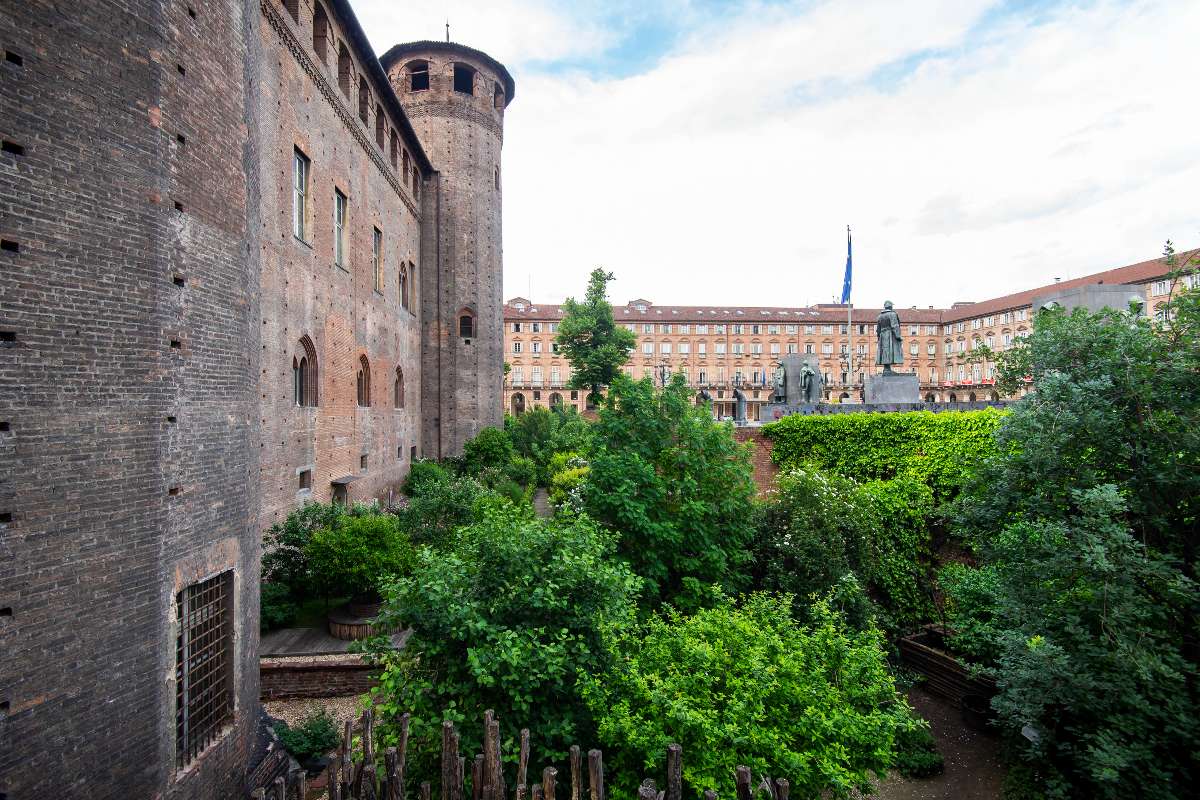
Botanical walks: exploring the city’s greenery
In addition to hands-on meetings in the Palazzo Madama garden, the From the Garden to the City project also includes botanical walks to rediscover the value of urban greenery. Each route will be an opportunity to understand the history of trees, their role in city parks and their connection to the landscape.
It starts on April 14 with an itinerary along the Po River, from Piazza Vittorio Veneto to Michelotti Park. An opportunity to take a close look at tree species that thrive in riverine environments and to appreciate the solutions adopted to integrate greenery into the urban context. On May 26, it will be the turn of the gardens and squares of the historic center. From the nineteenth to the twentieth century, downtown Turin has seen the emergence of green spaces inspired by Italian, French and English models, which still characterize the city landscape today. The walk will start from the Sambuy Garden and then continue to Piazza Maria Teresa, passing through the Aiuola Balbo and the Cavour Garden. On September 29, we will move along Turin’s tree-lined avenues, between Corso Vittorio Emanuele, Racconigi, Lecce and Francia, to the Tesoriera Park. An itinerary that traces the history of tree-lined avenues, a tradition that dates back to ancient Rome and still characterizes the face of many European cities. The last appointment, on Nov. 10, will be dedicated to Valentino Park, which with its romantic, English style is transformed into an explosion of autumn colors. The walk will start from the monumental arch of Corso Vittorio and end in the Medieval Village.
The From the Garden to the City project offers participants the opportunity to observe greenery from a new perspective, understanding its value and importance to the urban ecosystem. Whether in gardens or parks, taking care of plants means contributing to everyone’s quality of life. Knowing their needs, learning how to care for them and respecting their natural cycles is the first step in building a greener, more sustainable city.
All meetings will be held from 3:30 p.m. to 5:30 p.m. and include a participation fee of 5 euros for garden admission (free for museum pass holders), as well as 5 euros for each individual appointment.
 |
| Turin among gardens and parks: at Palazzo Madama and other gardens, a path through botany |
Warning: the translation into English of the original Italian article was created using automatic tools. We undertake to review all articles, but we do not guarantee the total absence of inaccuracies in the translation due to the program. You can find the original by clicking on the ITA button. If you find any mistake,please contact us.





